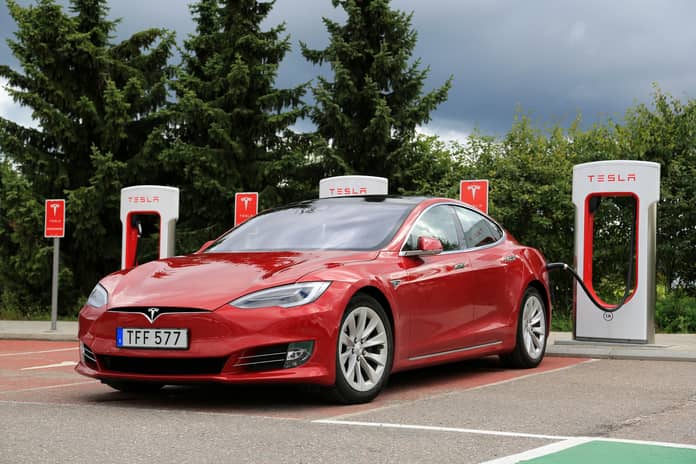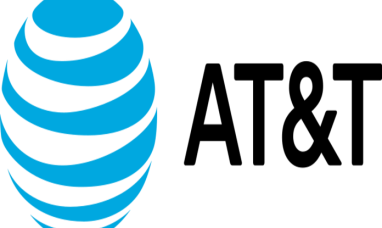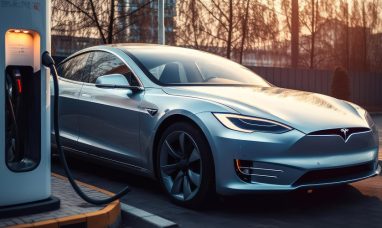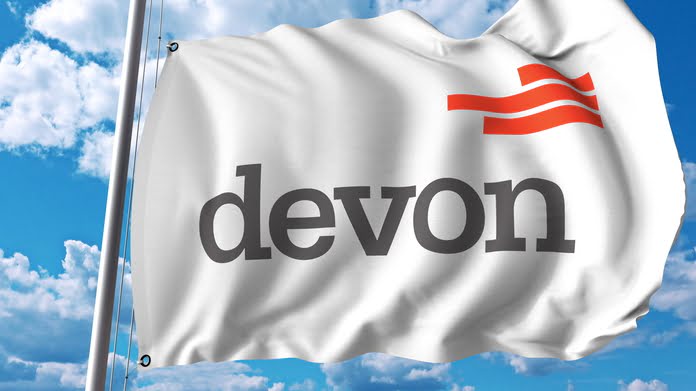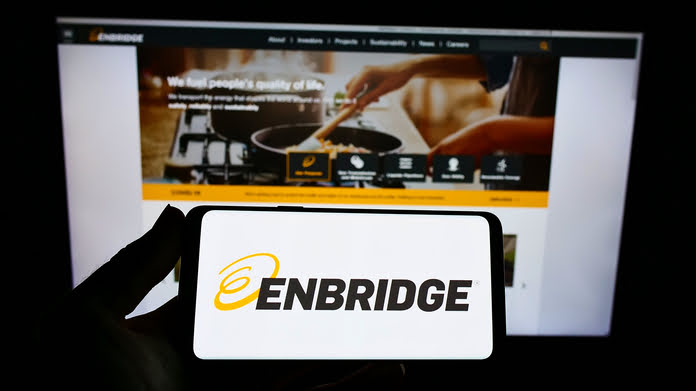Elon Musk will start blogging once more at some time
Since tweeting that a third “master plan” for the manufacturer of electric cars was in the works, Tesla’s (NASDAQ:TSLA) CEO has been silent for four months. Parts one and two were light-hearted, engaging, and incredibly successful in enhancing Musk’s reputation as a visionary and igniting interest among investors and potential employees. Who wouldn’t want to contribute to the world’s welfare by reducing carbon emissions on a global scale? Disrupting every significant mode of land transportation—is there any objective more audacious than that?
However, it’s worthwhile to glance at Master Plan Part Deux, published six years ago this month, before Musk presses publish on yet another blog post. Tesla (NASDAQ:TSLA) has advanced remarkably since 2016, surpassing all other automakers in market value. But on each of the four objectives that its CEO set, it has also come up short or failed.
Let’s examine each one individually:
Combining the production and storage of energy
This should not have been a surprise to be the first idea on Tesla’s list six years ago. A month before part two was released, the business declared it had made a $2.86 billion offer to buy SolarCity, the indebted solar panel installer run by two of Musk’s relatives. There was pressure on the CEO to defend what some investors saw as a bailout.
Musk wrote that Tesla (NASDAQ:TSLA) would create a smoothly integrated and beautiful solar-roof-with-battery product that works and scales worldwide. He mentioned this wouldn’t be feasible if Tesla (NASDAQ:TSLA) and SolarCity were two different companies.
Tesla (NASDAQ:TSLA) recently recorded its best solar deployment quarter in more than four years. Still, the solar roof Musk hailed to help seal the SolarCity purchase has been beset by production and installation issues. He fired the executives who spearheaded the project, increased rates, and even admitted in a deposition that it likely would have been preferable to let SolarCity carry out its plans independently.
Covering all primary modes of transportation
Among the targets, Musk set for Tesla’s new pickup, semi-truck, small SUV, and buses. A hint to the Model Y, which has become an instant hit, was made in the first of those goods. The Semi and Cybertruck, whose respective prototype debuts were in 2017 and 2019, are years behind schedule, and the bus hasn’t been seen.
In April, Musk announced the opening of Tesla’s facility in Austin, Texas, and promised that the Cybertruck and Semi would start production the following year. On the company’s earnings call last week, he gave a more specific timeframe for when it would be available. He added that deliveries are anticipated to begin in the middle of 2023.
Autonomy
Fully autonomous vehicles were likely Musk’s most well-known and current contentious third objective. All Teslas, he claimed, would be equipped with the hardware needed to drive independently through city streets. The business ultimately had to update the computers in its vehicles, necessitating retrofits that Musk initially said would be free but later charged $1,500 for before lowering the price to $1,000. Five years after its CEO said that such sensors might have stopped a tragic collision, Tesla (NASDAQ:TSLA) decided against adopting radar last year.
Full Self-Driving is now available to more than 100,000 drivers. However, the technology is still in its early stages and demands that the driver be vigilant and maintain their grip on the steering wheel. The 39th incident involving a Tesla (NASDAQ:TSLA) vehicle that may have been employing the company’s driver-assistance systems was added to a more extensive particular crash investigation on Tuesday by the US National Highway Traffic Safety Administration. Additionally, the FCC is looking into two additional complaints about Tesla’s Autopilot.
Sharing
The ultimate goal was to expand on the idea of complete autonomy. Tesla (NASDAQ:TSLA) owners would be able to join their cars to a shared fleet, Musk claimed, which would significantly reduce the cost of owning the company’s automobiles.
Tesla (NASDAQ:TSLA) is missing both the robotaxis and the network necessary for a shared network. Although Musk later acknowledged that Tesla (NASDAQ:TSLA) would compete with Uber (NYSE:UBER) and Lyft (NASDAQ:LYFT), his concept was a potential threat to those two companies. However, in a stroke of luck that increased the market value of Tesla (NASDAQ:TSLA), the automaker last year secured a sizable order from Hertz, and half of the 100,000 vehicles acquired would be rented to Uber drivers.
Featured Image: Megapixl © Taina10









